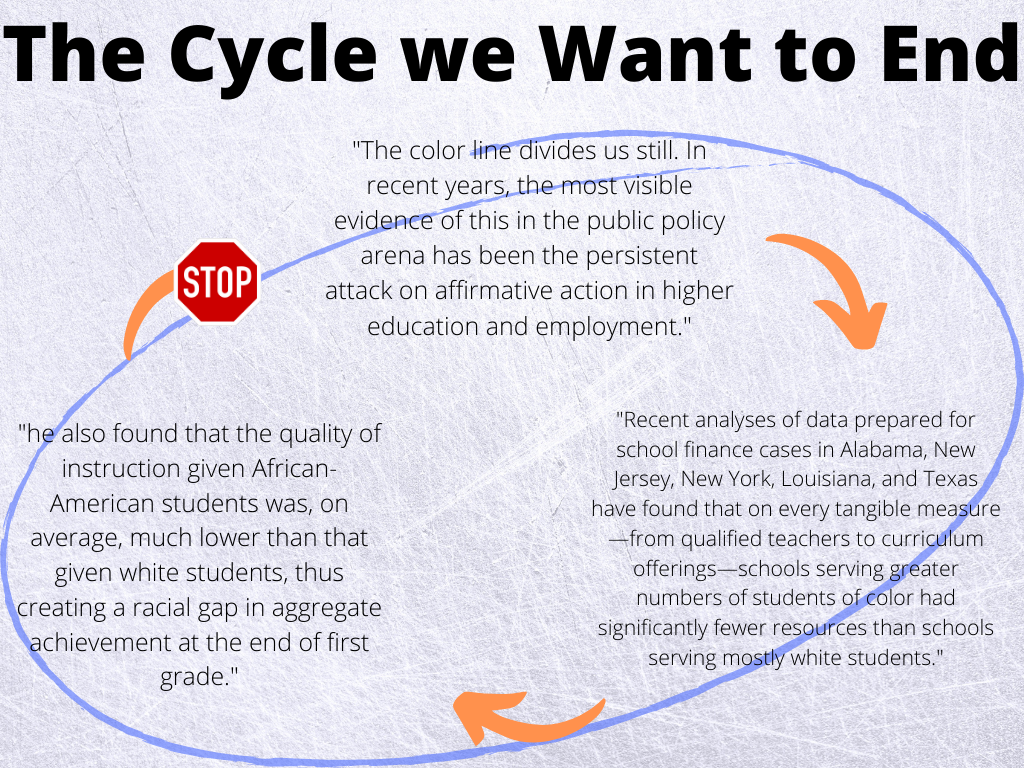One of the most important aspects of education is the formation of the classroom. The unique combination of the environment, which is pioneered by the teacher, along with all of the students’ various smiling faces with backgrounds unbeknownst to them is my favorite part of the classroom make-up.
What is Diversity in Education?
Diversity in a classroom refers to not only the ethnic make-up of students but also what the teacher is doing to expose their students to multiple perspectives. Similarly, inclusivity can refer to actions that the teacher takes in order to accommodate students with special needs and differences such as gender expression. Being an inclusive and diverse teacher is highly rewarding for all students involved and the communities which they contribute to developing. This nature of teaching allows for students to become exposed to concepts which they may not have been aware of, as well as challenge students’ limited understanding of preexisting topics.
The Irony of Past Attempts at Diversity:
How does education solve the layered issue that is homogeny in schools? Historically, many schools have the misconception that the best way to increase diversity is by accepting various raced students into schools with a high homogeneous community. Of course, that is not what the system would like to admit: but it is the truth!
It has never been the best solution for the diversity argument. The argument for more diversity in schools first and foremost stems from a need to better understand those students who have an ethnic make-up that is different from what the current education system caters to.
“Minority students are oftentimes seen as rude, disrespectful, or strange”
This can be seen by how some teachers have a problem with students who do not look them in the eyes. What they do not realize is that in some cultures it is more respectful to look downwards instead. Similarly, students who may call out answers are sometimes misunderstood as rude when in reality there are other cultural explanations to explain such behaviors. These consequences can become detrimental for students who are culturally diverse because they may walk out of that classroom thinking that they are doing everything right, so how can they be so wrong?
What can we do to help this issue?
In order to rightfully accommodate culturally diverse students, it is important that the teacher has equipped the tools necessary to properly educate all parties involved. To note, it is equally as important that teachers of homogeneous communities also equip themselves with the tools needed to teach diversity, as well as incorporate multiple perspectives through text in their lessons. ASCD writes “Creating the Culturally Diverse Classroom” where they recommend (ASCD Guest Blogger, 2017):
- Professional Development for staff on ways to be culturally responsive.
- Collaborate with diverse professionals to include alternate viewpoints.
- Select resources that offer diverse characterization/subjects.
In utilizing these guidelines, teachers will be able to obtain some of the best practices that modern education has to offer. By working together, students can obtain the opportunity to examine the world through another lens- which may prevent prejudiced behaviors as they grow older. In general, it is a good practice to expose students to as many diverse opportunities as the teacher can make possible; by doing so, students can become critically aware individuals and potentially prevent future race-related crimes onto others.
Diversity can exist even (and especially!) when the classroom is racially homogeneous. There should be no excuses for a curriculum that reflects only one side of an argument. By canceling this line of thought, teachers from all walks of life can raise a generation of critically aware individuals who form strong communities amongst one another. Continue reading about inclusivity in the classroom environment and how the two concepts merge.
On the post: ASCD Guest Blogger. (2017, July). Creating the Culturally Diverse Classroom. Retrieved April, 2021, from https://inservice.ascd.org/creating-the-culturally-diverse-classroom/
For the image: Darling-Hammond, L. (2016, July 28). Unequal Opportunity: Race and Education. Brookings. Retrieved October 12, 2021, from https://www.brookings.edu/articles/unequal-opportunity-race-and-education/.
—–> Read more about inclusivity in the classroom
